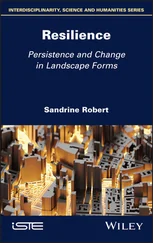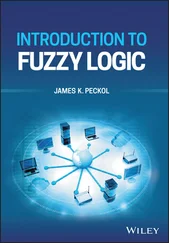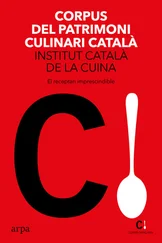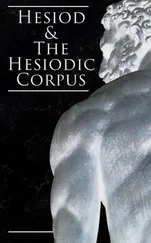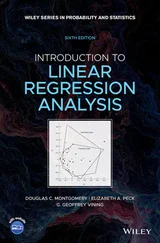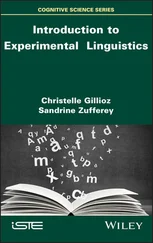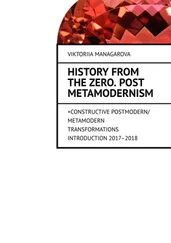1 Cover
2 Title Page
3 Copyright Page First published 2020 in Great Britain and the United States by ISTE Ltd and John Wiley & Sons, Inc. Apart from any fair dealing for the purposes of research or private study, or criticism or review, as permitted under the Copyright, Designs and Patents Act 1988, this publication may only be reproduced, stored or transmitted, in any form or by any means, with the prior permission in writing of the publishers, or in the case of reprographic reproduction in accordance with the terms and licenses issued by the CLA. Enquiries concerning reproduction outside these terms should be sent to the publishers at the undermentioned address: ISTE Ltd 27-37 St George’s Road London SW19 4EU UK www.iste.co.uk John Wiley & Sons, Inc. 111 River Street Hoboken, NJ 07030 USA www.wiley.com © ISTE Ltd 2020 The rights of Sandrine Zufferey to be identified as the author of this work have been asserted by her in accordance with the Copyright, Designs and Patents Act 1988. Library of Congress Control Number: 2020938264 British Library Cataloguing-in-Publication Data A CIP record for this book is available from the British Library ISBN 978-1-78630-417-9
4 Preface
5 1 How to Define Corpus Linguistics
1.1. Defining elements 1.2. Empiricism versus rationalism in linguistics 1.3. Chomsky’s arguments against empiricism in linguistics 1.4. Corpus linguistics and computer tools 1.5. Quantitative versus qualitative methods 1.6. Differences between corpus linguistics and experimental linguistics 1.7. Different types of corpora 1.8. Conclusion 1.9. Revision questions and answer key 1.10. Further reading
6 2 How to Use Corpora in Theoretical Linguistics 2.1. Phonetics and phonology 2.2. Morphology 2.3. Syntax 2.4. Lexicon 2.5. Discourse analysis 2.6. Pragmatics 2.7. Sociolinguistics 2.8. Diachronic linguistics 2.9. Conclusion 2.10. Revision questions and answer key 2.11. Further reading
7 3 How to Use Corpora in Applied Linguistics 3.1. Language acquisition 3.2. Language impairments 3.3. Second language acquisition 3.4. Language teaching 3.5. Lexicography 3.6. Stylistics 3.7. Legal linguistics 3.8. Conclusion 3.9. Revision questions and answer key 3.10. Further reading
8 4 How to Use Multilingual Corpora 4.1. Comparable corpora and parallel corpora 4.2. Looking for a tertium comparationis 4.3. Translations as a discursive genre 4.4. Multilingual corpora and contrastive linguistics 4.5. Parallel corpora and translation studies 4.6. Parallel corpora and bilingual dictionaries 4.7. Conclusion 4.8. Revision questions and answer key 4.9. Further reading
9 5 How to Find and Analyze Corpora in French 5.1. Corpora formats and their availability 5.2. Reference corpora 5.3. Written French corpora 5.4. Spoken French corpora 5.5. Children and learner corpora 5.6. Multilingual corpora including French 5.7. Corpus consultation tools 5.8. Conclusion 5.9. Revision questions and answer key 5.10. Further reading
10 6 How to Build a Corpus 6.1. Before deciding to build a corpus 6.2. Establishing the size and representativeness of data 6.3. Choosing language samples 6.4. Preparing and coding corpus files 6.5. Recording and transcribing spoken data 6.6. Ethical and legal issues 6.7. Conclusion 6.8. Revision questions and answer key 6.9. Further reading
11 7 How to Annotate a Corpus 7.1. Corpus annotations 7.2. Different types of annotations 7.3. Standardization of annotation schemes 7.4. The stages of the annotation process 7.5. Annotation tools 7.6. Measuring the quality and reliability of an annotation 7.7. Sharing your annotations 7.8. Conclusion 7.9. Revision questions and answer key 7.10. Further reading
12 8 How to Analyze Corpus Data 8.1. Descriptive statistics for corpus data 8.2. Measuring the lexical richness of a corpus 8.3. Measuring lexical dispersion in a corpus 8.4. Basics of inferential statistics 8.5. Typical variables in corpus studies 8.6. Measuring the differences between categories 8.7. Conclusion 8.8. Revision questions and answer key 8.9. Further reading
13 Conclusion The Stages for Carrying Out a Corpus Study C.1. Stage 0: wanting to know more C.2. Stage 1: identify relevant literature C.3. Stage 2: formulating research hypotheses C.4. Stage 3: operationalizing your hypotheses and choosing data C.5. Stage 4: extracting and annotating corpus data C.6. Stage 5: analyzing data C.7. Stage 6: presenting your study in a report or an article C.8. Conclusion
14 References
15 Index
16 Other titles from ISTE in Cognitive Science and Knowledge Management
17 End User License Agreement
1 Chapter 6Table 6.1. List of the 15 most frequent words in the Sciences Humaines corpusTable 6.2. Example of a table summarizing corpora metadata
2 Chapter 7Table 7.1. Cross-tabulation of the results of a double annotation
3 Chapter 8Table 8.1. Total number of passive sentences per textTable 8.2. Relative frequency of causal connectives every 10,000 words in the Sci...Table 8.3. Translations of “toutefois” and “néanmoins” into English in a journali...Table 8.4. Data used for calculating the difference in proportions as a dispersio...Table 8.5. Examples of relevant variables in corpus linguistics and their typesTable 8.6. Frequency of the word “huitante” every 100,000 words per group of cant...Table 8.7. Relative frequency of “huitante” every 100,000 words for the three can...Table 8.8. Number of occurrences of the two words used for expressing 80, by grou...Table 8.9. Occurrences of regional words by groups of cantons expressed in percen...Table 8.10. Number of regional word occurrences per cantonTable 8.11. Observed (and expected) frequencies of the two words used for denotin...Table 8.12. Standardized residuals for the χ 2 test corresponding to Table 8.10, w...
1 Chapter 4Figure 4.1. Comparable and parallel corpora that can be retrieved from a bi-...Figure 4.2. Tertium comparationis for past tenses in English and German
2 Chapter 5Figure 5.1. Search results for the word “avis ” with AntConc. For a col...Figure 5.2. Occurrence sorting of the word “avis ” according to its nei...Figure 5.3. Occurrence sorting of the word “avis ” according to its nei...Figure 5.4. Frequency of the words clé and clef from 1800 to 2000 in the Goo...Figure 5.5. Frequency of the words Saussure and Chomsky from 1900 to 2000 in...Figure 5.6. Frequency of the words Saussure and Chomsky from 1900 to 2000 in...Figure 5.7. Frequency of the word orange as a noun and as an adjective from ...
3 Chapter 6Figure 6.1. Example of a CLAPI corpus transcription. For a color version of ...
4 Chapter 7Figure 7.1. Syntactic representation of a sentence in the form of a treeFigure 7.2. Stages of the annotation process. For a color version of this fi...
5 Chapter 8Figure 8.1. Value dispersion around the meanFigure 8.2. Chi-square test result, as displayed in VassarStats
1 Cover
2 Table of Contents
3 Begin Reading
1 iii
2 iv
3 ix
4 x
5 1
6 2
7 3
8 4
9 5
10 6
11 7
12 8
13 9
14 10
15 11
16 12
17 13
18 14
19 15
20 16
21 17
22 18
23 19
24 20
25 21
26 22
27 23
28 24
29 25
30 26
31 27
32 28
33 29
34 30
35 31
36 32
37 33
38 34
39 35
40 36
41 37
42 38
43 39
44 40
45 41
46 42
47 43
48 44
49 45
50 46
51 47
52 48
53 49
54 50
55 51
Читать дальше
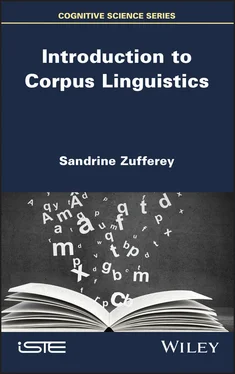


![Andrew Radford - Linguistics An Introduction [Second Edition]](/books/397851/andrew-radford-linguistics-an-introduction-second-thumb.webp)

